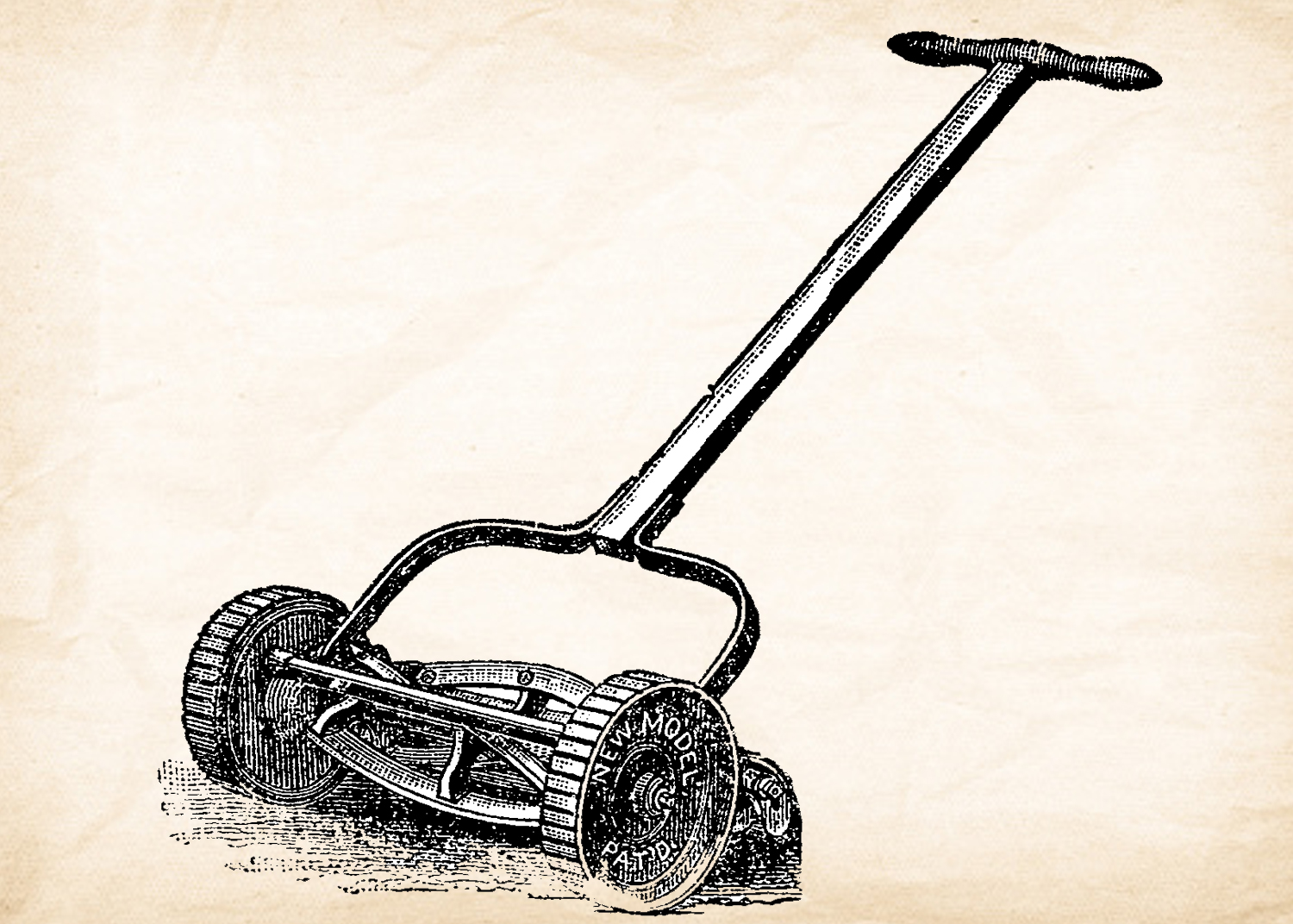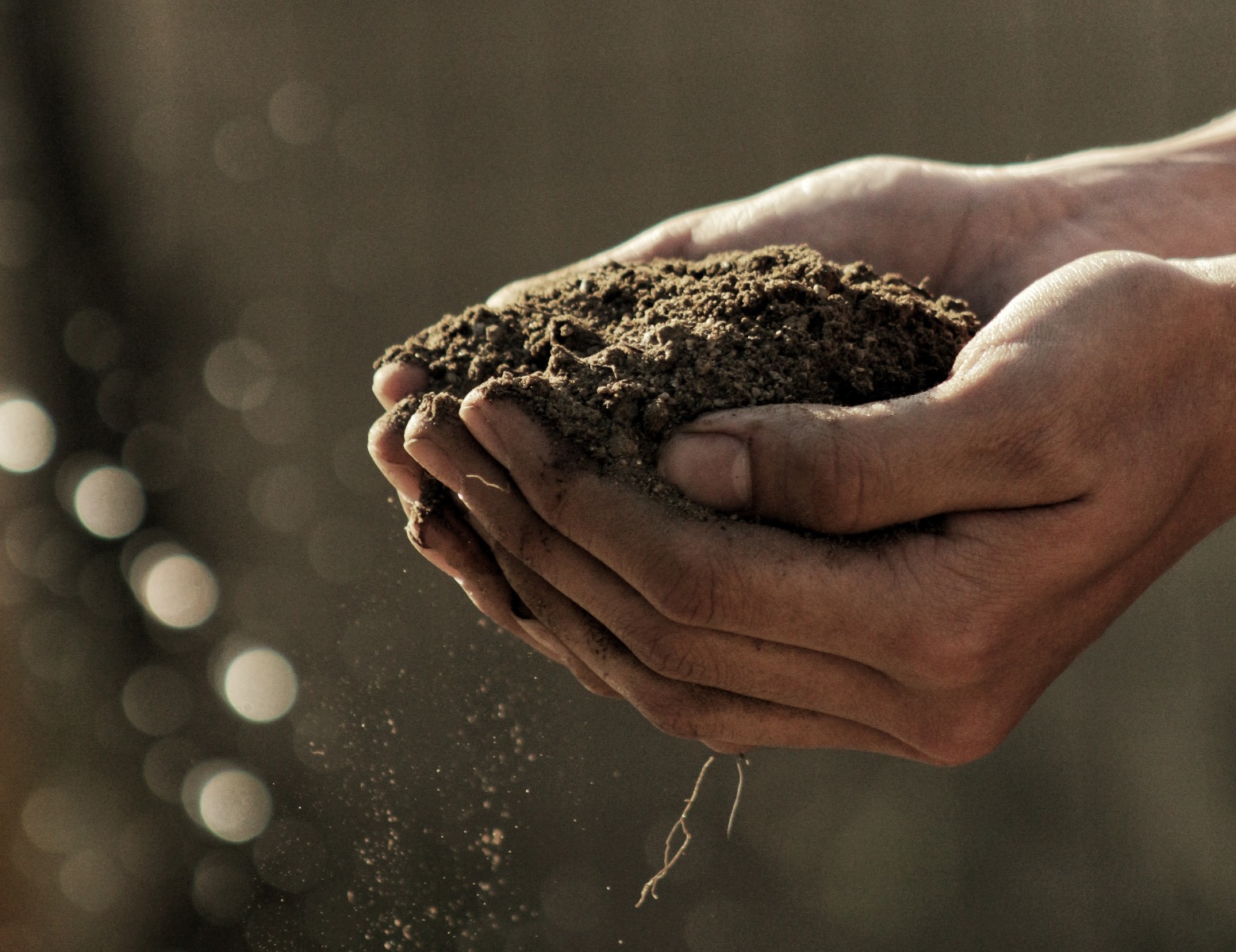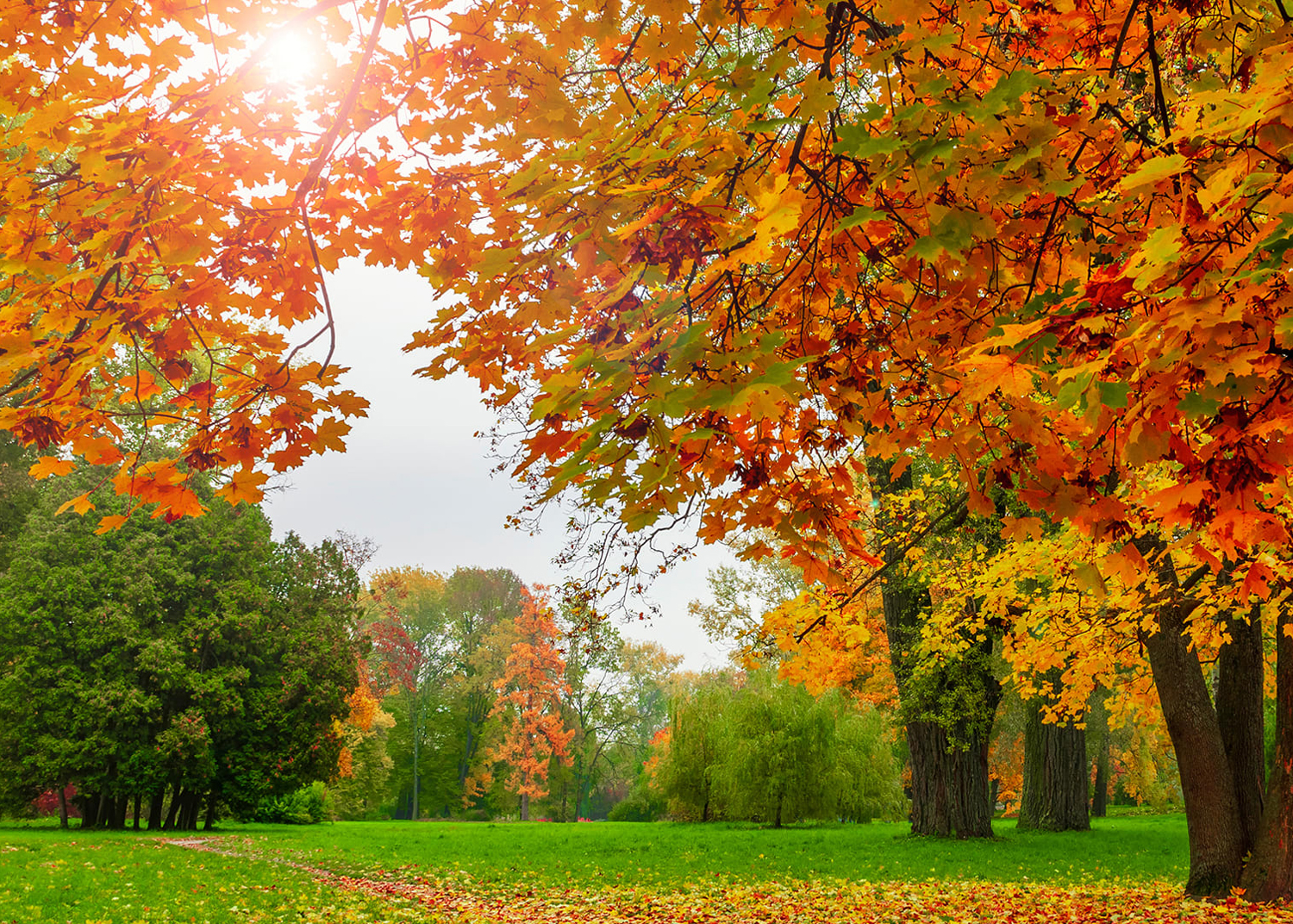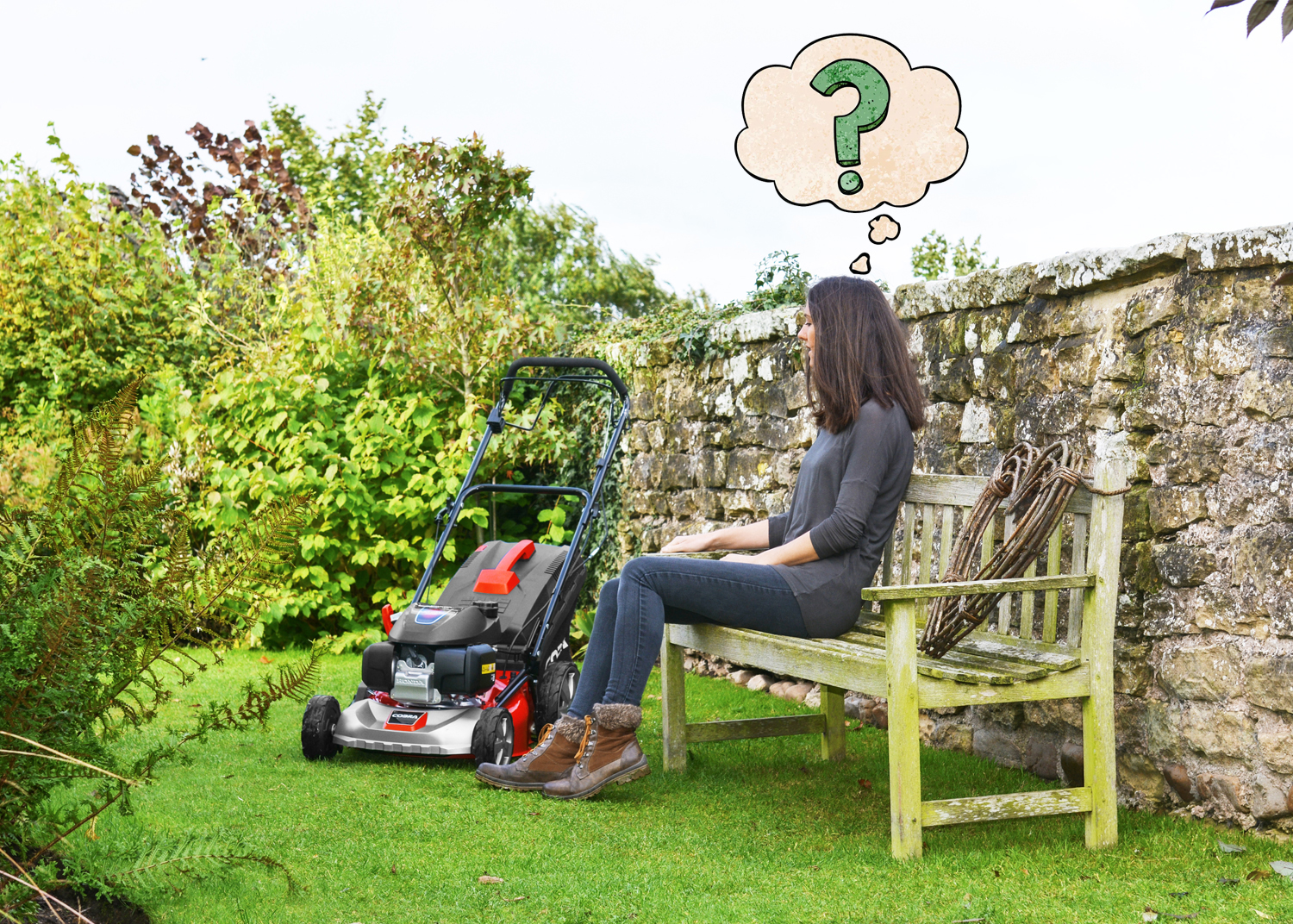Come rain or shine
- By Jules MacIntyre
- 18 Aug 2021

Making the most of our rainfall
Before we dive into ideas for what plants will tolerate drier conditions, it’s worth considering how we can make the most of the rainfall that we do get, even if summers are hotter and longer. Firstly, we have a useful model in nature’s answer to the situation. Indeed ‘natural soils’ where cultivation and hoeing have never taken place, can contain up to 40% more organic matter through plants photosynthesising and decaying, plus the animal waste that’s naturally added to it. Garden soils on the other hand, have levels as low as 2% organic matter and so the importance of enriching your soil to make it an effective water retainer is a genuine one.
First of all, try spreading a thick layer of natural mulch such as wood bark to help retain moisture around the stems of your favourite plants, while adding organic matter such as manure or home-made compost to the soil, using a cart for larger areas will help create aggregates that hold rainfall. If you do need to buy compost then choose peat-free from one of the many UK suppliers. We particularly like the natural, sustainable and chemical free product from PlantGrow in Norfolk which is made locally and approved by the Soil Association.
Another way to maximise the benefits of our rainfall is to store it effectively. Water collection can range from a simple butt using a downpipe from your guttering, to a more state of the art rainfall harvesting system, increasingly popular in new builds but also relatively easy for the DIY domestic gardener to install. A rainfall harvesting system collects water in a central tank either above ground or buried in the garden, for use with a hosepipe or other equipment during the year, and will supplement or even replace the need for mains water entirely. Starting at just over £1,000, a garden system is not the cheapest option but can be amortised over many years of use and offset against your water supply costs. If you would like to learn more about them or see if they would suit your outdoor space, companies such as Owlshall will always be happy to answer questions or advise on their suitability.
Getting creative with a rain garden
Perhaps the most exciting way to utilise natural rainwater is to build your very own rain garden. Usually a shallow dip or hollow, it collects water from hard surfaces such as driveways and patios or even surrounding roofs via a dug-out channel or pipe, often eliminating the need for watering the garden at all. An effective planting scheme is required, using varieties that do not mind being waterlogged such as Swamp Milkweed, Great Blue Lobelia and Black-Eyed Susan at the centre of your garden and more drought tolerant ones at the edges. For a great list of plants suggestions depending on the site of your garden, have a look at the Raingarden Alliance website which also gives comprehensive details on how to create one. In essence though, the best site for a rainfall garden is in sun or partial shade at least 10 metres from the house, and it needs to be well-drained to avoid creating a pond, with a longer side facing the run-off on a slope of 10% and an overall depth of 10-20 cm. Whether it is avoiding storm-water flooding or using plants to filter rainfall before it enters the ground, a raingarden is a natural habitat for birds and wildlife that needs little or no maintenance and it provides a wonderful natural answer to wetter and hotter weather.
Planting for longer, hotter summers
The challenge of more flash flooding in future years is accompanied by the potential for hotter temperatures with upwards of 30 degrees not being uncommon in the UK and especially in the South. Ultimately, planting schemes that account for a hotter climate may alter the look and feel of the traditional English garden but it is possible to embrace change while keeping much of what we know and love in summer borders. For example, if you want to stay traditional, use small plants that will naturally adapt to current climate conditions as they grow and equally, make sure you plant for your soil type to give them the best chance of survival when the going gets tough.
Plants with silvery foliage and leaves that feature tiny hairs are also generally more drought resistant so think about varieties such as Stachys Byzantine or ‘silver carpet’ which produce a vigorous evergreen ground cover. Lavender is another drought-tolerant staple and Lavendula Angustifolia, otherwise known as Miss Muffet is a particularly good variety for reliable growing in even the hottest summers. Native to South Africa, all types of Agapathus planted in the front of borders or pots are also a good bet for the heat, as are joyful Geums with their bright orange flowers producing a second display when cut back. Other choices include Hardy Geraniums, Bearded Irises and on trend Verbascums and Sedums.
For a more Mediterranean feel, there is also a host of fragrant herbs which tolerate full sunshine using an oily surface to their leaves as protection, such as Sage, Rosemary, Phlomis, Thyme and Oregano. Tree-wise, olive and citrus such as lemon are obvious choices but you could also look at an Ceanothus (Californian Lilac) shaped into a lollipop which will withstand cold winters as well as hot summers. Flowers native to the region which also do well here at home include the Rock Rose (Cistus) which is both tough and beautiful with white, pink or even purple flowers that resemble a ‘single’ rose and although lasting for a day, tend to be a prolific bloomers. Another option is Spurge (Euphorbia) which as well as being unusually long lasting, has unique chatreuse-green flowers while looking just as delightful even when they’re not in bloom.
For a full and fabulous read on planting for drier conditions, we would thoroughly recommend Drought Resistant Gardening by Beth Chatto or the inspiring Hot Colour, Dry Garden by Nan Sterman which explores interesting structure and texture within drought planting schemes, based on her growing experience in the South West.
Like most things in life, climate change gardening has some positives including a longer growing season and less likelihood of frost damage, but also worrying negatives with extreme weather events including storms and high winds already upon us. With a little more thought and planning though, we think the gardens of tomorrow can be more interesting than ever before if we seize the chance to use our imaginations and create new outdoor spaces that will look stunning, come rain or shine.






